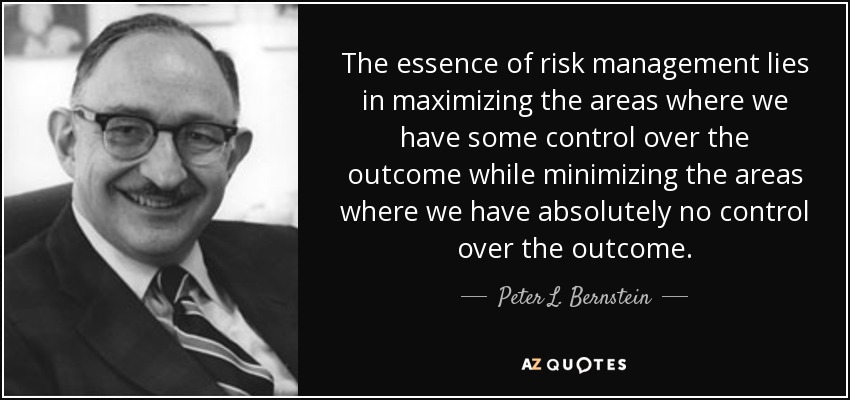Entrepreneurship- The key to success?

This article is based on a talk that I recently delivered at IBS, Mumbai at the request of the Entrepreneurship Cell of IBS. This was an online session of 60 minutes attended by the students of the college and several other guests.
The following is a short excerpt from the session I conducted.

Entrepreneurship is always a great career move.
If you are here this evening, it is probably because you want to be an entrepreneur, or because you want to take your entrepreneurial skills to the next level. Either way, you have made the right choice.
Entrepreneurship will always be a massive field of unexplored opportunities. You can build a viable business around any one idea you believe has potential!
As the session unfolds, we shall explore how do we enjoy the exciting journey of entrepreneurship together and witness the marriage of creativity with opportunity.
An entrepreneurial journey is full of excitement! You get to do what you love since you enjoy the business that you chose. You have passion and an obsession with the project. It is the thrill of converting an idea into a business model. This task requires your commitment and determination. If you approach it in this manner, you will experience this journey as a rollercoaster that provides an adventure every day. There is no stagnancy since every day brings new experiences. As an entrepreneur, you get to learn new things and apply your creativity to innovate in a dynamic industry. You are the boss and you make the rules for yourself and for others. You get to choose your team members as well as your clients/projects.
So you might be wondering—How do I start?
Start with creating or finding an idea. Then, develop your idea into a business model. The next step is to perfect this business model to the extent possible, and ensure that it is technically feasible, financially viable and economically desirable. Finally, ask yourself if your business is sustainable?
You can accomplish this
• As a full-time grassroots entrepreneur / an intrapreneur
• As a part-timer along with your existing job
• As a franchiser or franchisee
• As a Business Support Organization (BSO)
You may ask now: Sir, you tell me a great business idea so I will build from there!
My answer to this question is — “No business idea in the world will fit every aspiring entrepreneur’s dream. Your desire of starting a venture as an ambitious young entrepreneur depends on your individual circumstances and several external factors!”
You must exploit your own unique situations — your educational background, your unique skill sets, your years of experience, combined with clever financial management — to create an opportunity that best suits what you bring to the table.
In other words, make the best use of what you have, to achieve what you want to have!
Remember that your attitude, cultural background, value systems, and mindset are most important.
Some entrepreneurs select their projects after a structured process of project identification. Still, others select their businesses on a random basis. Either of the approaches works if you truly believe in the idea.

At this point, many people would wonder: “Alright, I have an idea but how do I get the money to execute it?”
In other words,
How to fund your project?
You can fund your project from your own equity as well as equity contributions from your family, friends, relatives, and associates. You can also bring in quasi-equity. Apart from equity, you can also raise term loans from various banks and DFIs.
Other sources to fund your business/project include angel investors, venture capitalists, ICDs, Crowdfunding and others.
I particularly emphasize three sources from where entrepreneurs can raise funds during the start-up phase. These are bootstrapping, getting equity support from your college batchmates, and approaching a few important stakeholders like the suppliers of machinery and raw materials to lend you equity support. In fact, I got to know about these pearls of wisdom when I attended an international seminar a few years back in Mumbai. The seminar was graced by many famous serial entrepreneurs who were sharing their personal experiences with the attendees.
Here are a few important tips for the entrepreneurs for their start-up success.
During the project execution stage, there are three important aspects that you as an entrepreneur must keep in mind. The first aspect is that you must keep your timeline in control and no activity howsoever important should be allowed to exceed the completion time allotted to it. Remember that any slippage on the timeline will lead to additional costs. The second aspect relates to your project cost. Ensure that there is no escalation in the project cost come what may. The project cost must be contained within the budgeted figure and the entire project team must be sensitized on this aspect. The third aspect relates to the scope of the project. Under no circumstances, you should agree to any change/s in the scope of the project as this may over-capitalize your project. We all know that over-capitalization is a bad thing and creates a lot of trouble for you later.
During the operations phase of the project (what we also refer to as normal business operations), we must try to achieve the well-known five performance objectives. These are cost, quality, speed, dependability and flexibility. Let me explain. You must keep your cost of production in check so that you remain competitive in the market. You must also offer high-quality goods and services to your customers. Apart from these two objectives, try to improve upon the speed of delivery; meaning, you must cut on the lead time of your customers. The last two objectives relate to dependability and flexibility. By this, I mean that you must try to satisfy your customers on all possible dimensions, and ensure that you remain a dependable supplier to them.
Many entrepreneurs out of their sheer enthusiasm tend to borrow huge sums of money from banks and DFIs right during the start-up phase. I generally advise entrepreneurs who come to me to not follow this practice. In my opinion, an entrepreneur should build their business module by module and enhance their borrowings only in that proportion. Once you, as an entrepreneur, have mastered the art and science of handling money, and making money from money, you can always step up your borrowings.
My next tip is about choosing your co-promoters and business partners. Here, you must remember that anyone who is a good friend may not necessarily be a good business partner. Many such friends join your start-up with an investor mindset, meaning that they remain sitting at the fence all the time. If the venture succeeds, they’re more than happy or else, they console themselves that it was a bad investment for them. An ideal co-promoter/partner will share your vision for the business and will remain with you through thick and thin.
Apart from the above suggestions, I would like to point out that entrepreneurs during their start-up journey should also pay special heed to certain critical aspects like effective management of the working capital, ensuring adequate liquidity by maintaining the current ratio always above 1, striving their best to create, communicate and deliver value to all their stakeholders, and finally using their network to advantage.
Last but not the least, I urge that you must find a mentor. Entrepreneurship can be a lonely and confusing journey, especially at the start. A mentor can be a friend, philosopher, and guide to you at every stage in your professional as well as your personal life. A mentor, who has professional experience in the field, insulates you from failure. A good mentor is one who has already traversed the path that you are now embarking on!





























